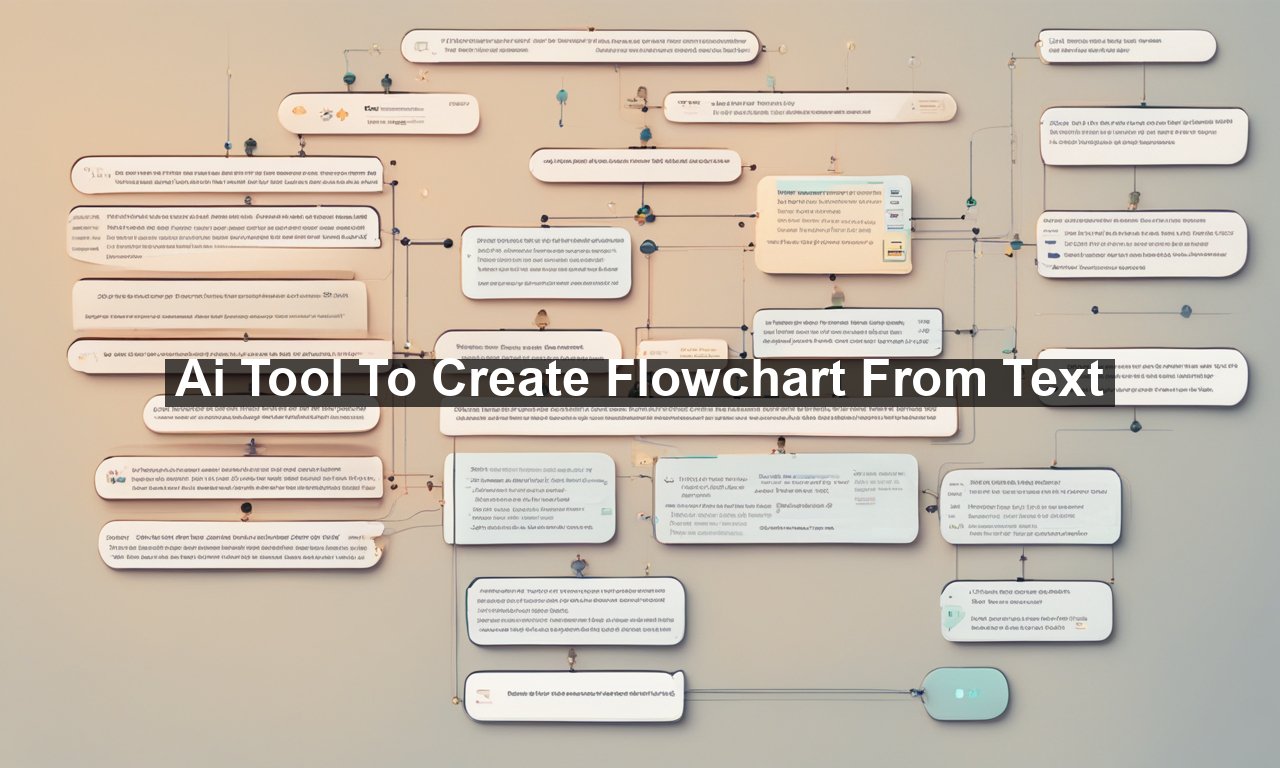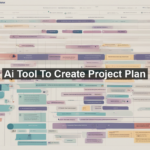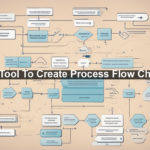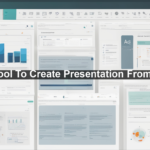Imagine being able to turn a wall of text into a visually engaging and easy-to-understand flowchart with just a few clicks. That’s exactly what an AI tool designed to create flowcharts from text can do for you. This technology isn’t just a fascinating innovation; it’s a game-changer for productivity, clarity, and efficiency. Learn how you can harness this remarkable tool to transform your workflow and make complex information more digestible for everyone in your organization.
Why You Need an AI Tool to Create Flowcharts from Text
Flowcharts are incredibly useful for explaining processes, procedures, and hierarchical structures. However, creating them manually can be time-consuming and prone to errors. That’s where AI comes in. By automating this process, you can save a significant amount of time and ensure accuracy. Plus, the visual representation of information helps in better understanding and retention.
Using AI for flowcharts offers several benefits:
- Time Efficiency: Automatically convert complex text into an organized flowchart in seconds.
- Accuracy: Eliminate human errors that often occur during manual creation.
- Clarity: Make your data and processes more understandable with visual aids.
How Does the AI Tool Work?
The functionality of AI tools that create flowcharts from text is based on advanced Natural Language Processing (NLP) and machine learning algorithms. Here’s a step-by-step breakdown of how these tools typically operate:
1. Text Input: You start by providing the text that you want to convert into a flowchart. This can be anything from a simple list of steps to more complex paragraphs describing a process.
2. Text Analysis: The AI tool then parses the text to identify the key components that need to be represented in the flowchart. This involves understanding the relationships between different pieces of information.
3. Flowchart Creation: The AI tool uses the analyzed data to generate a flowchart. It organizes the elements in a logical and easy-to-follow sequence, connecting them with arrows to illustrate the flow of information.
4. Customization: Many AI tools allow you to customize the flowchart by changing colors, shapes, and labels to fit your needs.
Want to know more about how NLP and machine learning work? Check out this comprehensive guide by IBM.
Top Features to Look For in an AI Flowchart Tool
Not all AI tools for flowchart creation are created equal. Here are some features you should look for:
User-Friendly Interface
The tool should have an intuitive interface that makes it easy for non-tech experts to navigate. Look for drag-and-drop features and clear instructions.
Customization Options
While automatic flowchart creation is great, being able to customize the final product is crucial. Features like changing colors, shapes, and additional notes will help you make the chart your own.
Collaboration Tools
If you’re working in a team, find a tool that offers collaboration features. This lets multiple users edit and update the flowchart in real-time, ensuring everyone stays on the same page.
Integration Capabilities
The best tools can integrate with other software you’re already using, such as project management tools, word processors, and spreadsheets. This helps you streamline your workflow.
For further insights on what features to consider, you can read this Forbes article about selecting tech tools for your business.
Real-World Applications
AI-powered flowchart tools have diverse applications across various fields:
- Business Processes: Streamline operations, manage projects, and develop HR policies.
- Education: Help students understand complex subjects through visual representation.
- Healthcare: Create patient care plans and medical protocols.
- Software Development: Map out algorithms, user flows, and system architectures.
The potential uses are endless, making this AI tool indispensable for both personal and professional needs.
How to Get Started
Getting started with an AI tool for creating flowcharts from text is straightforward. Here’s a quick guide:
1. Choose the Right Tool: Do some research and select an AI tool that fits your needs. Make sure it has positive reviews and the features you’re looking for.
2. Input Your Text: Copy and paste the text that you want to convert into a flowchart. This can be a set of instructions, an outline, or any other text-based information.
3. Generate the Flowchart: Click the ‘Generate’ button (or similar) to let the AI tool process your text and create the flowchart.
4. Customize and Save: Make any necessary adjustments to the flowchart. Once satisfied, save and share it with your team or include it in your presentations.
Interested in taking the next step? Explore available AI tools and read up on user reviews before making your choice.
Final Thoughts
The advantages of using an AI tool to create flowcharts from text are clear. From improving efficiency to ensuring accuracy and promoting better understanding, these tools offer numerous benefits. As AI continues to evolve, expect even more sophisticated features and capabilities. So why not give it a try and see how it can transform your workflow?
Remember, the right tool can make all the difference. Do your research, choose wisely, and take the first step towards more efficient and effective communication in your personal and professional life.
For more valuable insights and information on AI trends, visit the Brookings Institution’s research page.











